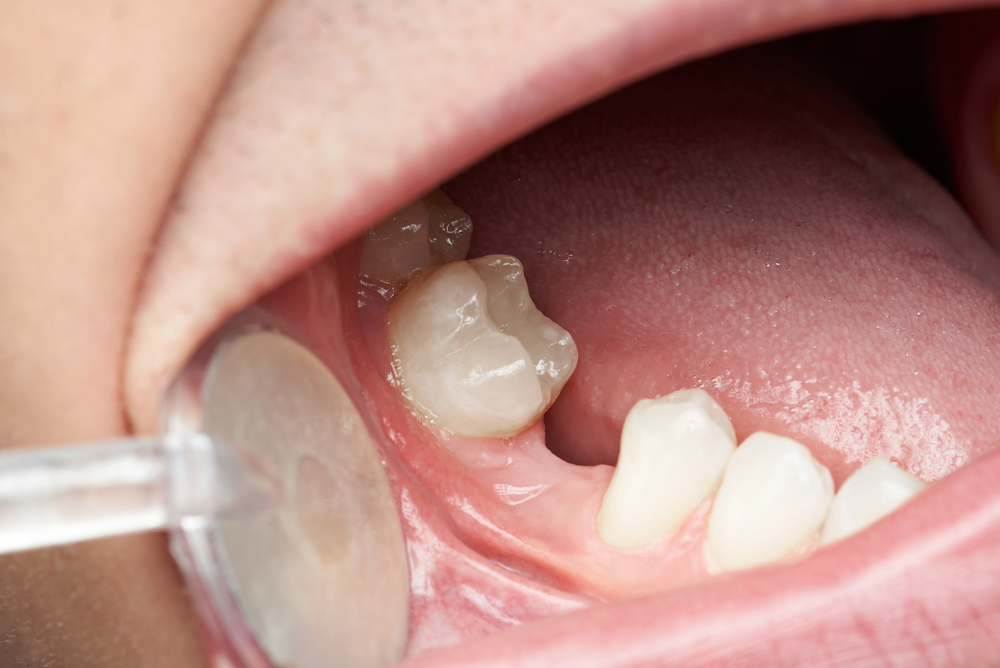
Space maintainers are an innovative yet straightforward way to keep a space open until a permanent tooth can come in. Space maintainers, in addition to another phase one orthodontic treatment, can prevent more expensive and extensive treatments in the future.
If your child loses a baby tooth before they should as a result of trauma or tooth decay, don’t ignore it. While shifting doesn’t happen overnight, a space maintainer can make sure that gaps stay ready and waiting when a permanent tooth is ready to come in.
What Is an Orthodontic Space Maintainer?
A space maintainer is an oral appliance that is custom-made by a dentist or orthodontist. They can be made to be removable or permanently cemented into place. A space maintainer’s role is to keep the space open and available when a primary tooth is lost prematurely. Space maintainers allow for a space to be held until a permanent tooth can grow in properly.
The two different types of space maintainers recommended for children are:
Removable Space Maintainers: Like an orthodontic appliance, a removable space maintainer will typically be made of acrylic.
Fixed Space Maintainers: A fixed space maintainer is permanently cemented into a child’s mouth and can only be removed by a dental professional.
Why Your Child May Need One
Most children have their first full set of baby teeth by the age of three. These primary teeth help them eat while also serving as placeholders for future permanent teeth. Occasionally, baby teeth are lost prematurely, or permanent teeth take longer than they should to fill an empty hole. Space maintainers have become a more popular way to support a child’s mouth until permanent teeth can fill in the gaps in their smile.
A child may benefit from a space maintainer if they have lost a tooth from:
- Experiencing trauma to the mouth and have lost a tooth from a fall or getting hit in the mouth forcefully.
- Tooth decay and premature tooth loss.
- Genetic influences that have affected whether permanent teeth develop correctly.
- Oral infections severe enough to cause tooth loss.
Types of Phase One Orthodontic Appliances
A child’s primary teeth are vital to developing their jawbone, how they speak, their social skills, and the alignment of their smile. When a child loses a tooth early, a space maintainer can help to hold the place of the missing tooth. This appliance enables the permanent tooth to grow healthier and less crooked while helping a child maintain proper speaking.
Most phase one treatment options allow for structural changes in your child’s jaw. Phase One treatment can also create space to guide the development and eruption of the permanent teeth into proper alignment. This first phase typically lasts from 9-12 months. While each situation is different, standard orthodontic therapies used for Phase One orthodontics include:
- Headgear
- Functional appliances
- A limited phase of braces (selected teeth)
- Specialized retainers
- Expansion appliances
- Space maintainers
Short-Term Solutions Prevent Long-Term Issues
There are many modern technological advancements and tools available to help children maintain excellent oral health. If your child loses a baby tooth prematurely, visiting with an orthodontist early can help detect potential dental issues. From observing the progress of their incoming permanent teeth to decreasing the risk of potential permanent tooth extractions, Thomas Orthodontics is here to help ensure your child has a healthy smile for life.
If you have concerns over your child missing one or more teeth, or if they’re having issues with crowded teeth, contact Thomas Orthodontics today. Our staff is dedicated to your child’s health and well-being, and we’re here to help guide incoming teeth into their ideal positions as they come in.





